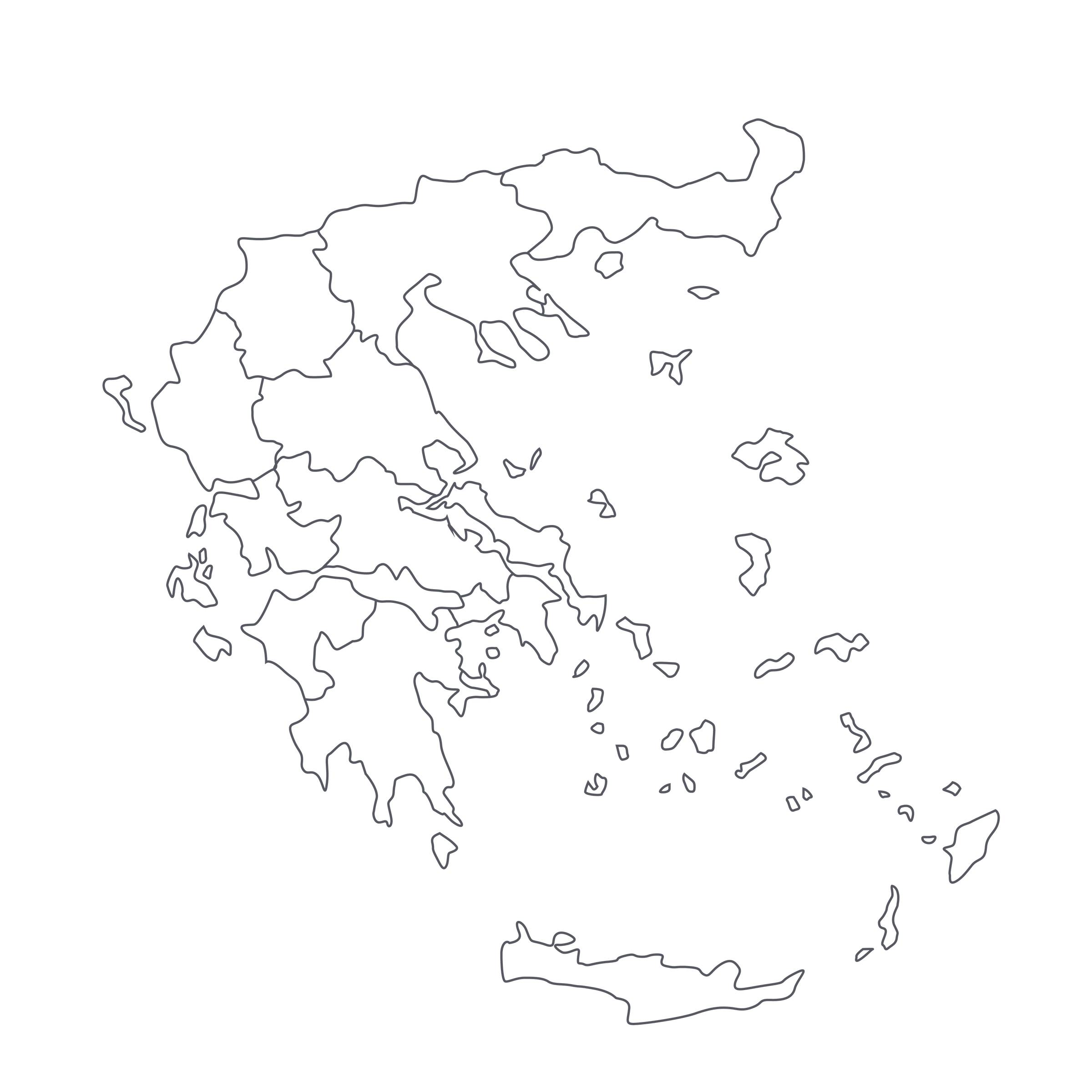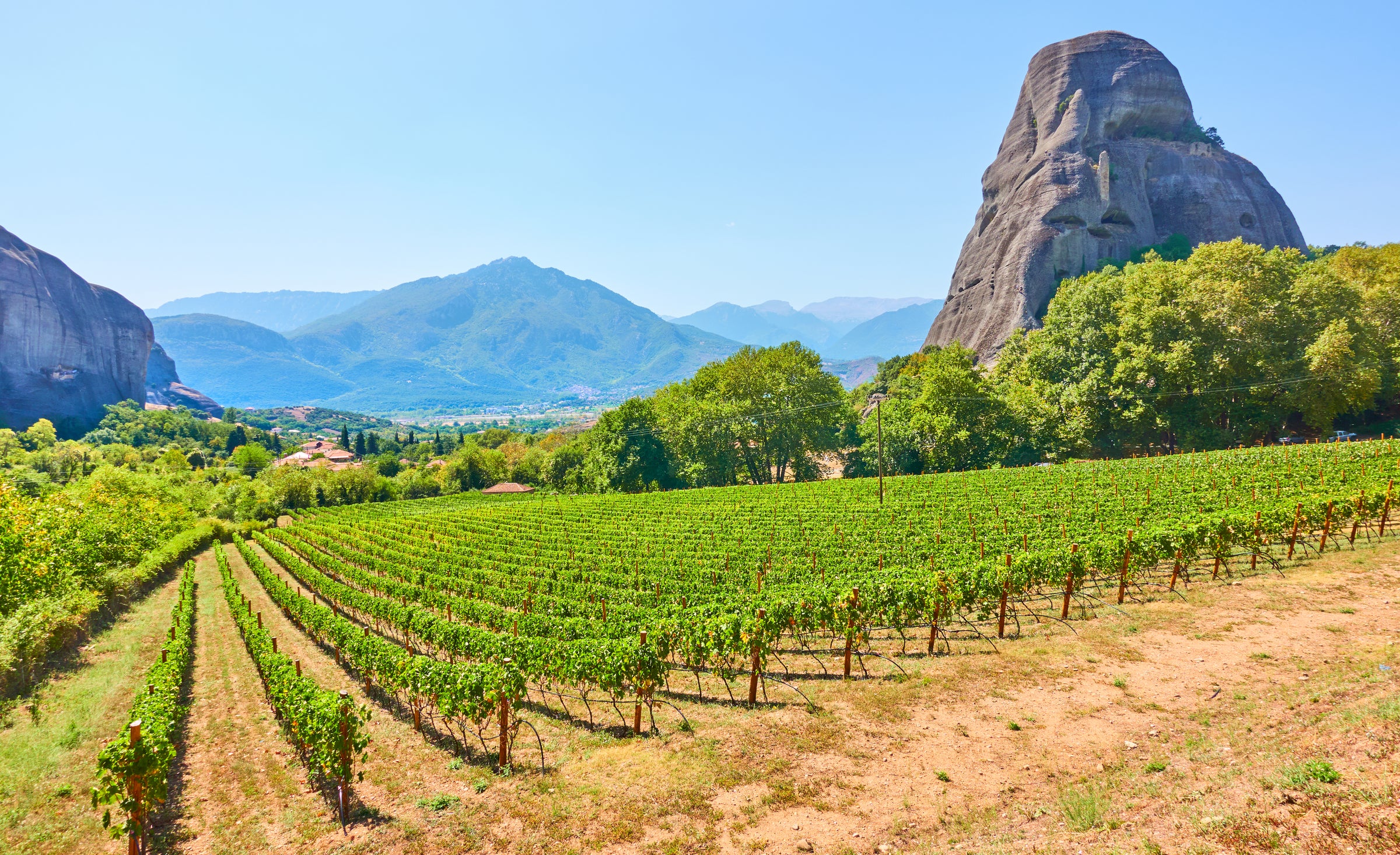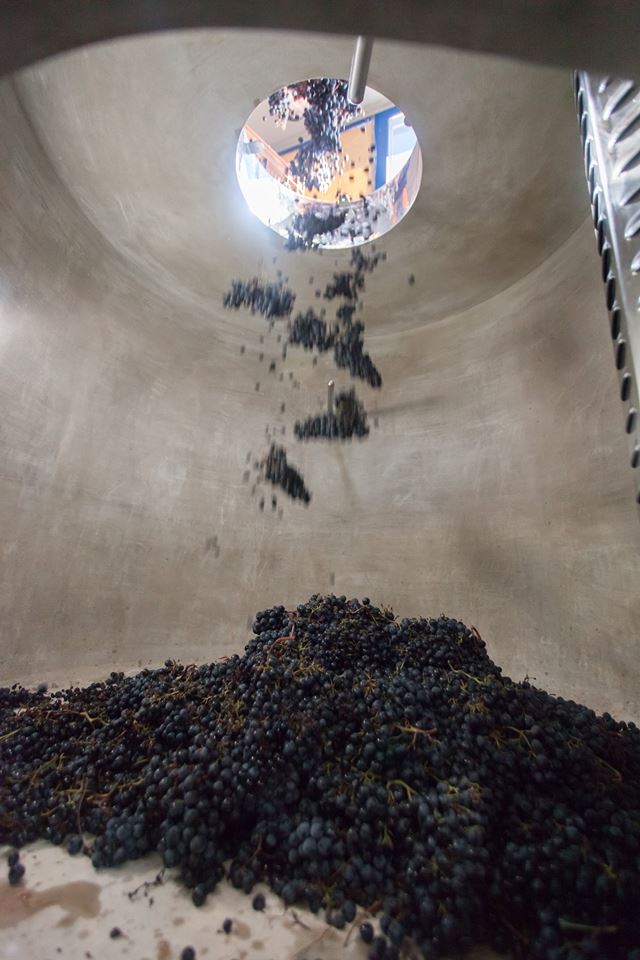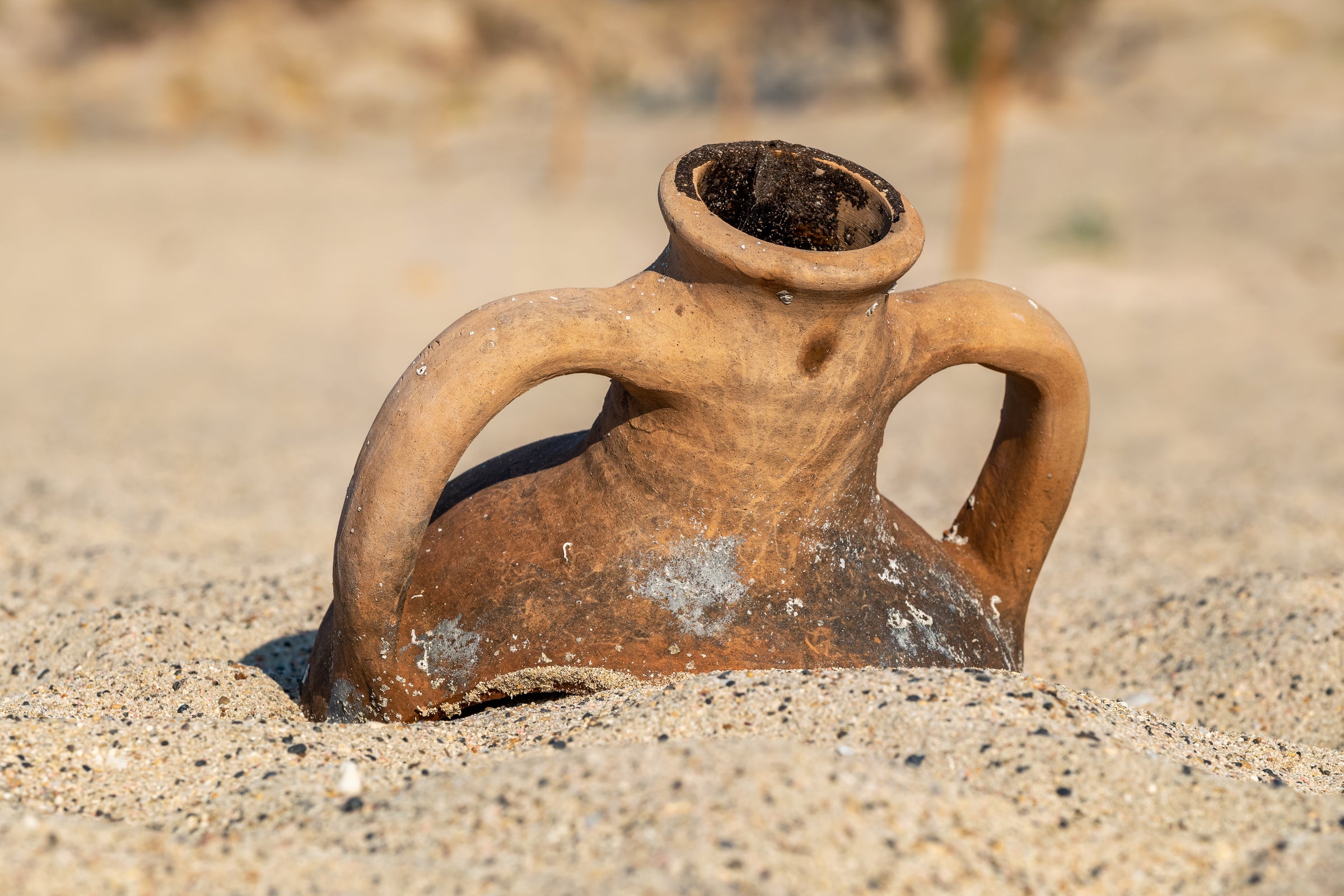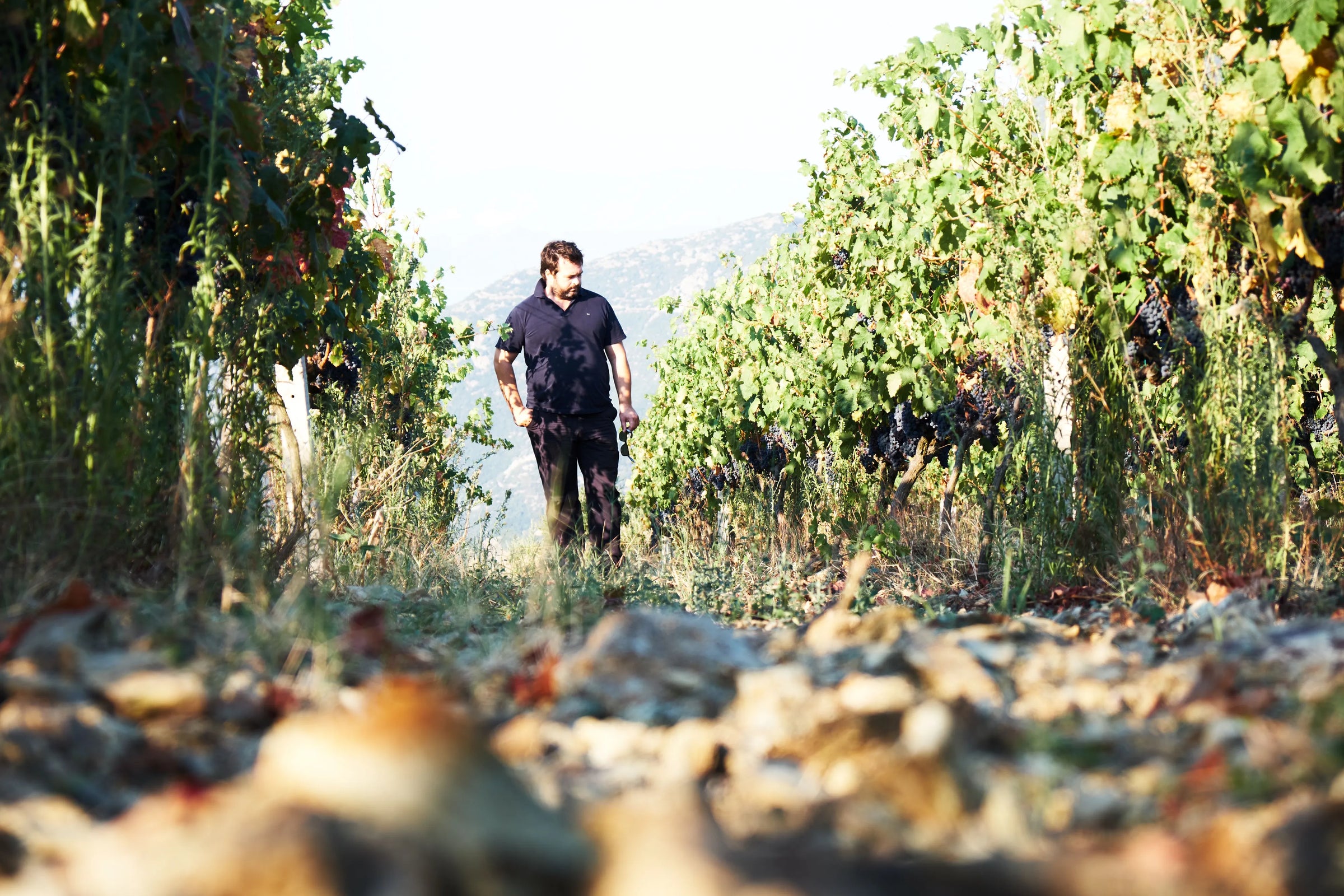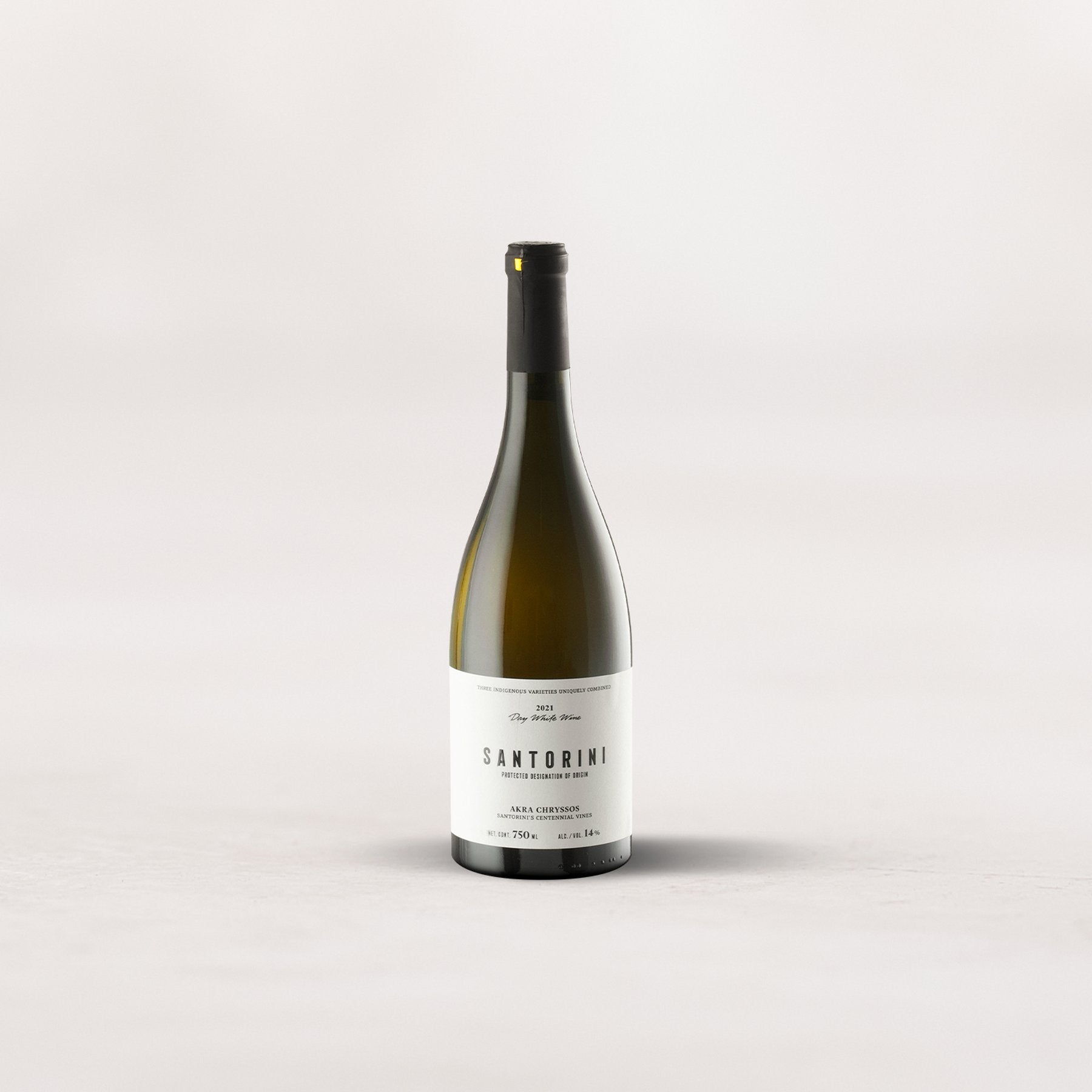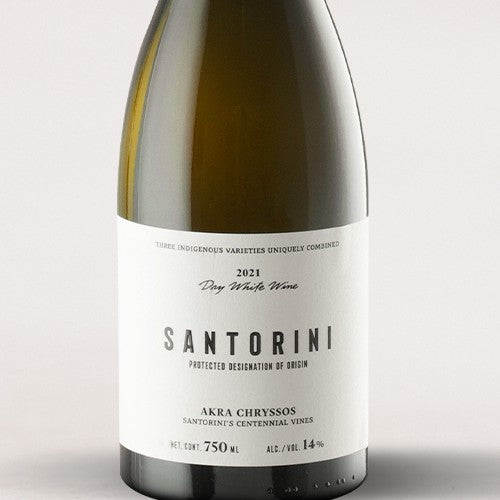Last year’s visit to mythical Santorini was unforgettable. Studying some of the oldest vines on earth, getting whipped by saline breezes, navigating its wild kouloura moonscape, and tasting wines from the island’s most buzzed-about dynamic duo led me to the following conclusion: This is the world’s most vividly transparent terroir. Unfortunately, the wines are not easily accessible.
Demand for these singular gems has skyrocketed, and with just ~20 producers and finite land to jockey over, production will always be stubbornly minimal. In fact, if Santorini wanted to donate a bottle to every New Yorker, its entire wine production would be exhausted by Manhattan alone. So, as you can imagine, there is great urgency to today’s offering from Akra Chryssos, among the island’s newest and most exciting projects. Led by agronomist Spyros Chryssos—who draws upon his family’s heirloom vines of 100-200+ years of age—and vinified by Cretan wunderkind Iliana Malíhin, these rarities deliver a profoundly volcanic, salted-citrus experience unlike any other. Of what little was produced, only a fraction made it stateside. Good luck, and if you miss out, pay close attention this afternoon. PLEASE NOTE: This special offer will be arriving at our warehouse in 2-3 weeks.
Sometime around 1600 BC, the volcanic eruption of Thera, on modern-day Santorini, became one of the largest seismic events in recorded history leaving behind a crescent-shaped caldera in the midst of the Aegean. Believed to be over 100 times more powerful than the 1980 eruption of Mount St. Helens, the blast, among other natural fallout, expelled megatons of ash, pumice, and lava that now make up the igneous soils of Santorini. I’m amazed that we’re able to offer wines like this—wines from places so extreme and remote it seems impossible that they’d be consumed, let alone known about, anywhere other than where they’re made. But here we are, offering an evocative white from mythical Santorini.
The Mediterranean’s whipping winds and intense sun are so fierce that growers must fashion their vines into compact, basket-like coils called kouloura instead of training them on trellises. In my experience, the vineyards here look like large nests scattered about in which you might find dinosaur eggs instead of grapes. Says Greek Master of Wine Konstantinos Lazarakis, “any form of vegetation with a height of 1.6 feet or more is bound to have a hard time.” If this sounds like a nightmare for your lower back, it is. Lazarakis goes on to say, “harvest takes four times longer than in Guyot-trained vineyards; pruning almost 10 times.” Another peculiarity is that because rainfall is scarce in Santorini and there’s no irrigation, the vines grab what little hydration they can from the moist sea air—a saltiness that’s detectable in top-shelf Assyrtiko bottlings.
Additionally, many vines here are very old, sometimes hundreds of years, as Santorini’s sandy, non-clay soils are resistant to the phylloxera louse that destroyed most European vineyards. Take today’s extraordinary bottling from young superstar agronomist Spyros Chryssos: Hailing from old, organically farmed heirloom parcels in the island’s top crus/villages, the majority of vines here are well beyond a century, and some even have roots dating back 200 years! Truly, this is home to some of the world’s highest concentrations of ancient vines.
Spyros taps the shoulder of dear friend and Cretan winemaking revivalist Iliana Malíhin to assist him in the cellar. Fermentations occur spontaneously in stainless steel vats and the resulting wine matures on fine lees for 6-8 months before an unfiltered bottling. The final blend was approximately 80% Assyrtiko, rounded out by Athiri and Aidani, two other historic indigenous varieties. When consuming, I recommend a brief 10-15 minute decant while polishing your largest Burgundy stems. Served around 55 degrees, this delivers intoxicating aromas of scorched rock, salt-preserved lemon, green apple, lime blossoms, tangerine oil, roasted pineapple, dried quince, smoke, brine, and a potent kick of dried wild herbs. The wine is both voluminous and high-acid while delivering massive swells of citrus and salty tropical fruits that simmer with crushed volcanic minerals. Although a joy to drink right now, Assyrtiko has the sneaky ability to age so don’t be surprised when this turns into a savory masterwork in five years. Cheers!
